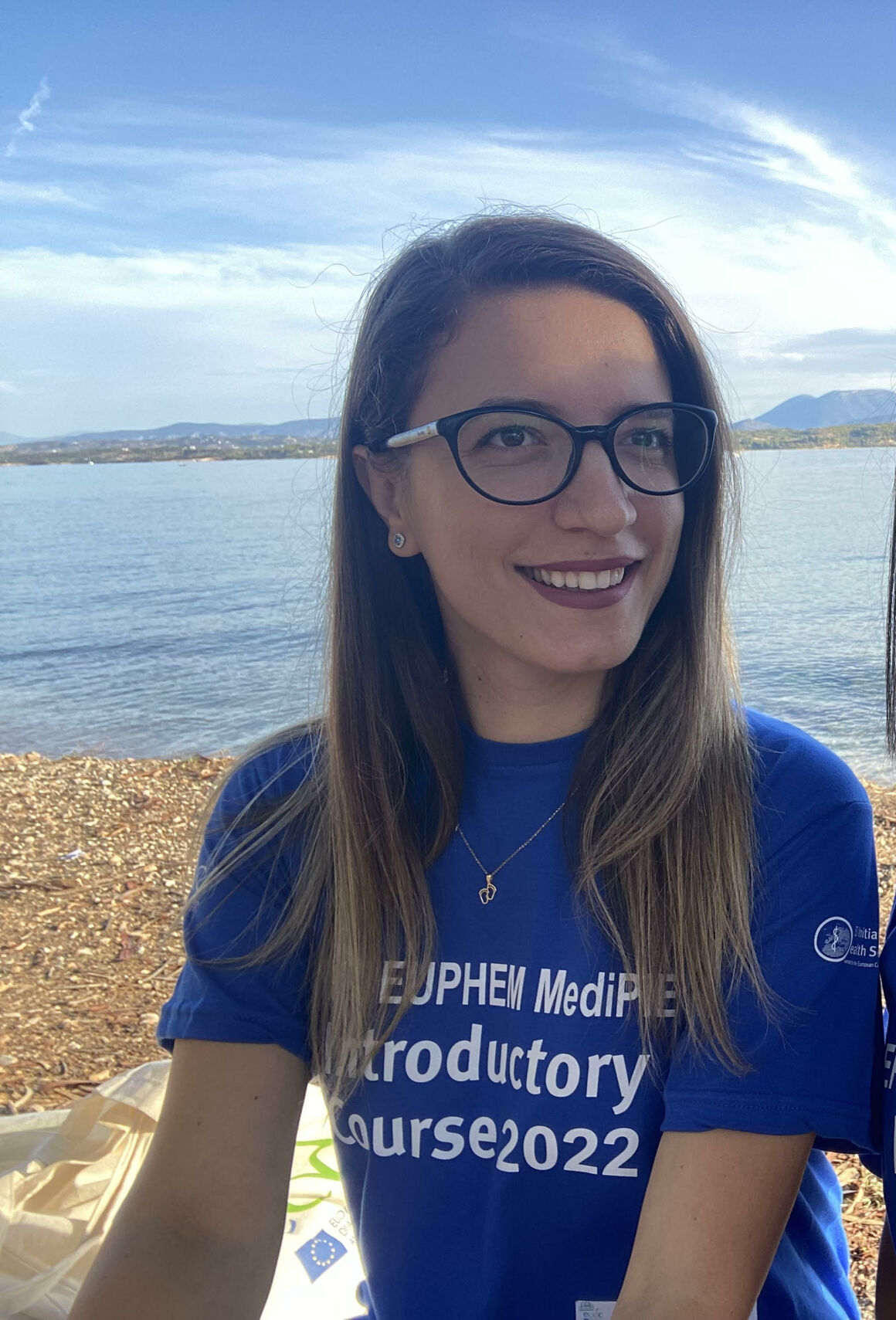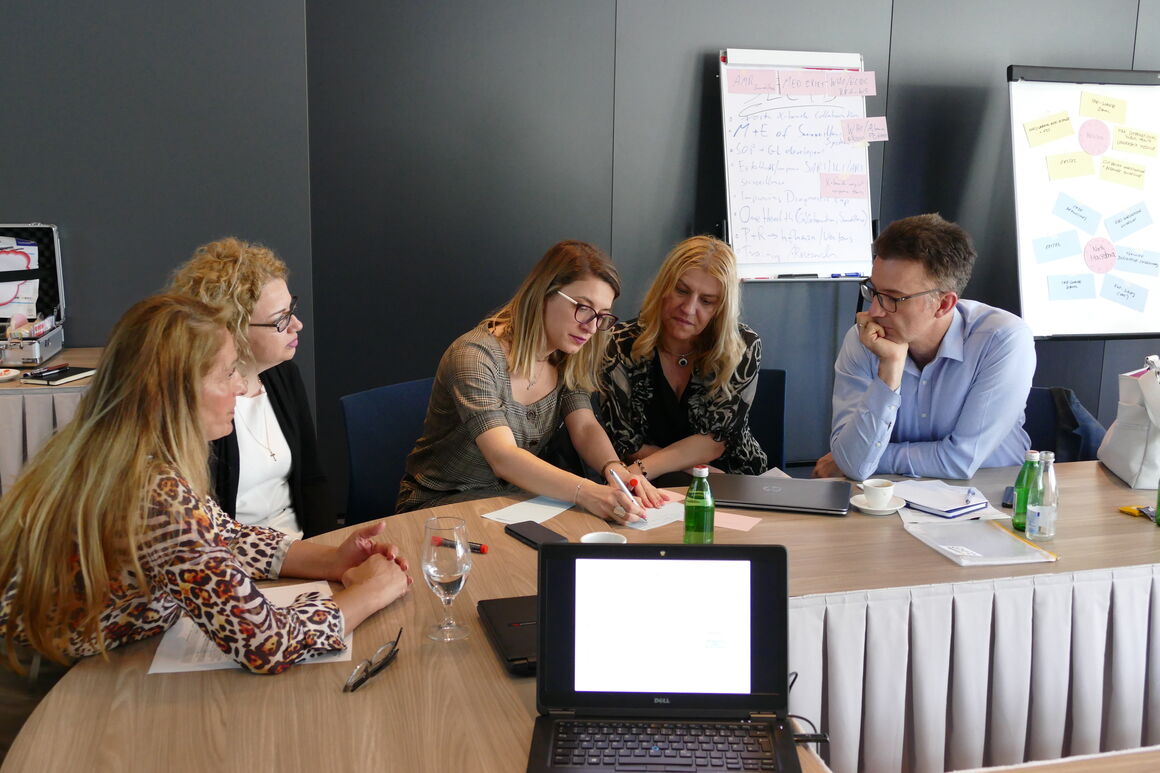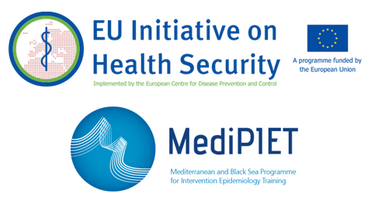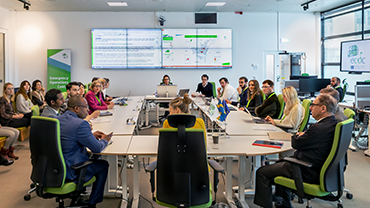Enhancing Albania's infectious disease surveillance with the Integrated Surveillance Information System (SISI) : A success story
Meet Jonilda Sulo, a public health professional and MediPIET fellow with over 10 years of experience in infectious disease surveillance and digital health solutions. She holds a Masters in Public Health from the Medical University of Tirana and has dedicated her career to strengthening Albania's public health systems.

I was privileged to be part of the core team responsible for transitioning from paper-based to electronic reporting of infectious diseases. My primary role focused on identifying the necessary data formats and establishing an efficient flow of information between field-level health workers and the Institute of Public Health. This process ensured that data collected from healthcare facilities across Albania could be integrated into a centralised electronic system efficiently and in real time.
Overcoming challenges to transform disease reporting
Like any large-scale transformation, the transition faced several challenges. One of the key hurdles was the inconsistency in data formats across different regions and sectors. Additionally, rural areas, where access to IT resources was limited, presented significant difficulties. Another challenge was ensuring that health professionals, many of whom were unfamiliar with the new system, were adequately trained to use the electronic reporting tools.
We overcame these obstacles by standardising reporting formats and updating standard operating procedures to align with the new digital processes. I was closely involved in the rollout of comprehensive training programmes for health workers at various levels to ensure consistency in data entry across all regions.
Building accessibility and collaboration into the SISI System
We used open-source software to build the SISI system, allowing for the integration of case-based, laboratory, syndromic, and event-based surveillance. One of the system’s strengths is its web-based design, which makes it accessible via mobile devices to healthcare workers nationwide, even in the most remote areas.
Key stakeholders in the project included the Institute of Public Health, regional health authorities, and local healthcare providers. Effective collaboration was ensured through regular meetings, working groups, and continuous communication among all involved parties. Engaging healthcare professionals early on was crucial for gathering feedback and adapting the system to better meet their needs, which ultimately contributed to the system's success.
Strengthening disease surveillance and public health response
One of the most rewarding aspects of working on this initiative has been witnessing improvements in the timeliness and accuracy of disease surveillance. This system has not only enabled more rapid responses to public health threats but also fostered better coordination between healthcare sectors. Knowing that this system directly contributes to safeguarding public health in Albania has been particularly fulfilling for me.
Looking ahead, we plan to expand the scope of the SISI system by integrating more national and international data sources. This expansion will allow for more comprehensive surveillance and ensure that Albania remains prepared to detect and respond to emerging health threats in real time. We also aim to enhance the system’s analytical and visualisation capabilities, introducing automated data validation checks to further improve data quality. These functionalities will enable us to detect outbreaks more quickly and provide a more robust response to public health emergencies.
Shaping the future of health security in Albania through the MediPIET fellowship
The MediPIET fellowship played a crucial role in shaping my skills and experience, which have been instrumental in my work on this digitalisation initiative. The fellowship provided me with invaluable training in field epidemiology and public health surveillance methodologies, enabling me to contribute more effectively to the development and implementation of the SISI system.







